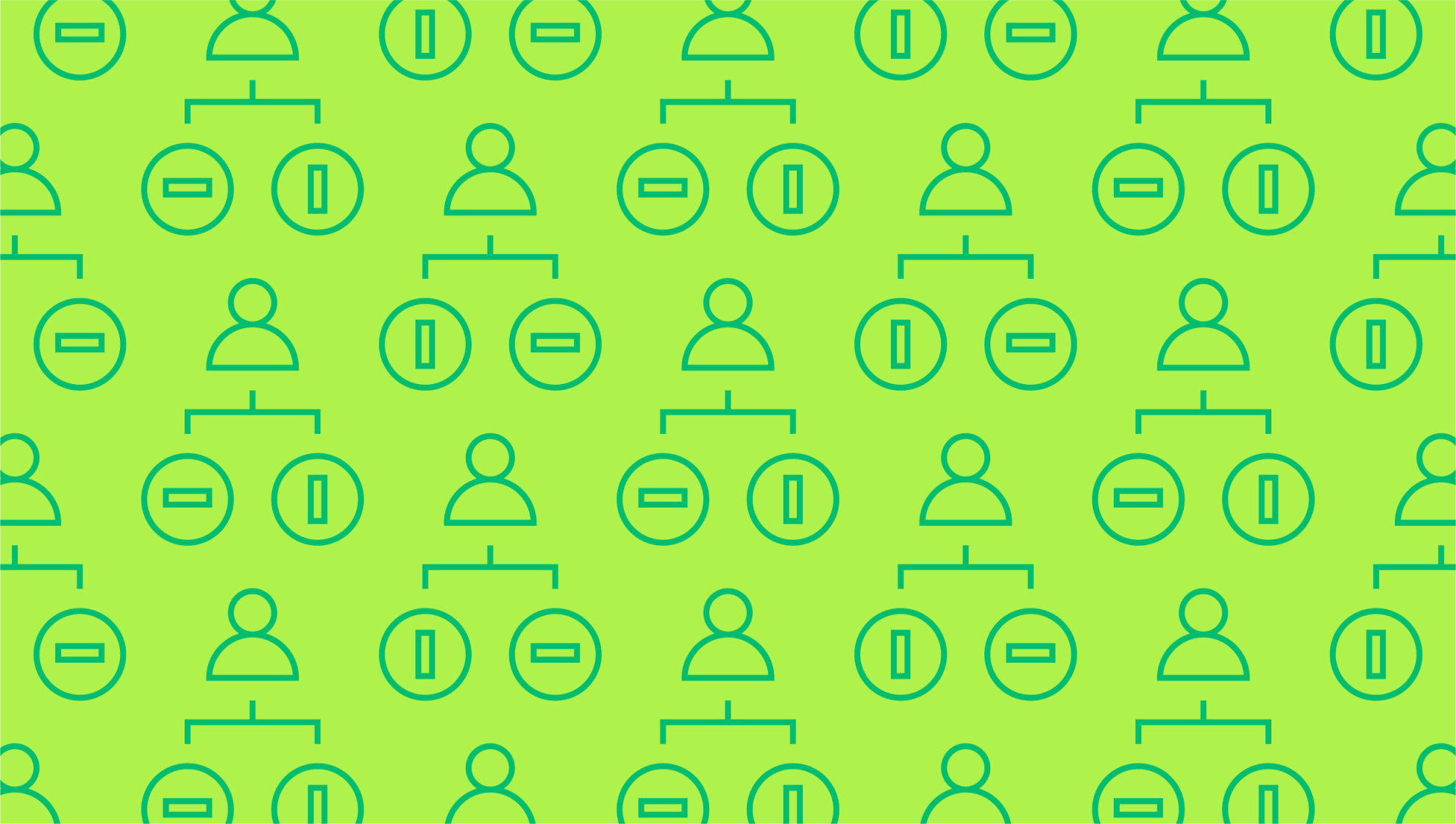Last editedNov 20202 min read
If you’ve ever made a payment with a personal cheque, you’ve used a negotiable instrument. Here’s a more in-depth look at the various negotiable instrument cases and when they might be used.
Negotiable instrument definition
The negotiable instrument definition simply refers to any signed document promising a payment sum to the assignee. It’s essentially a formal IOU note, putting the promise of payment in writing. This document is transferable to another party and must be signed to be valid. It can specify a specific date that the sum of money will be available, or it can be used on-demand. In most cases, the payee must be named on the document. Once the instrument is transferred, the payee assumes full legal ownership of the funds and can either take them as cash or use them in another manner.
What is the purpose of negotiable instruments?
The purpose of a negotiable instrument is to transfer funds from one entity to the other. The term ‘negotiable’ refers to the fact that the note can be assigned to another party. Once transferred, no additional demands or stipulations are made on the bearer of the document. By contrast, a ‘non-negotiable’ instrument cannot be assigned or transferred.
This gives negotiable instruments some flexibility, which is particularly useful for when funds are required at a later date. As mentioned above, some negotiable instrument examples might specify the date and time of this payment, while others are available on-demand.
Negotiable instrument types
Personal cheques and promissory notes are two prime negotiable instrument examples, but there are many different types of documents that fall under this category. Here are some of the most commonly used negotiable instrument types:
Cheques
Cheques are perhaps the most common negotiable instrument example. This is an instrument in writing with a specific payment amount. Upon receipt, the payer’s financial institution pays out these funds to the bearer, either in cash or to a chosen bank account. Cheques are used to pay many different types of bills, from loans to university fees and rent. They’re being phased out in favour of online banking transactions, but cheques still provide a helpful paper trail for businesses.
Traveller’s cheque
Another less common form of negotiable instrument is a traveller’s cheque. These require two signatures for the transaction to be approved. The payer signs the document at the time of issue, with a countersignature added when payment is issued. These documents are designed for use in foreign countries, issued by financial institutions in prepaid amounts. However, traveller’s cheques are becoming increasingly rare and aren’t accepted by all foreign retailers.
Money order
Money orders offer a quick and efficient payment method. They can be issued by a financial institution or other entity. You can pay for a money order in cash to specify its value before sending it to the payee. It’s then exchanged for cash at the other end. The main difference between money orders and cheques is that they usually come with a limit on issued value. They also contain less personal information than a cheque, as no personal bank account details are necessary.
Bills of exchange
Used in transactions related to both goods and services, bills of exchange are legally binding documents. They instruct one party to pay a predetermined sum to a secondary party. The payer signs the bill of exchange, creating a written contract of payment. When issued by a financial institution, a bill of exchange is often called a bank draft. When issued by an individual, it’s called a trade draft.
Promissory notes
When a promissory note is issued, it shows the amount owed together with the date of payment and interest rate. Like other negotiable instruments, they are written documents showing the promise of payment between a payer and payee. The document contains all relevant information, including interest rate, principal amount, date of issue, and payer signature. The benefit of a promissory note is that it enables businesses to obtain financing from sources outside of official financial institutions.
We can help
GoCardless helps you automate payment collection, cutting down on the amount of admin your team needs to deal with when chasing invoices. Find out how GoCardless can help you with ad hoc payments or recurring payments.


